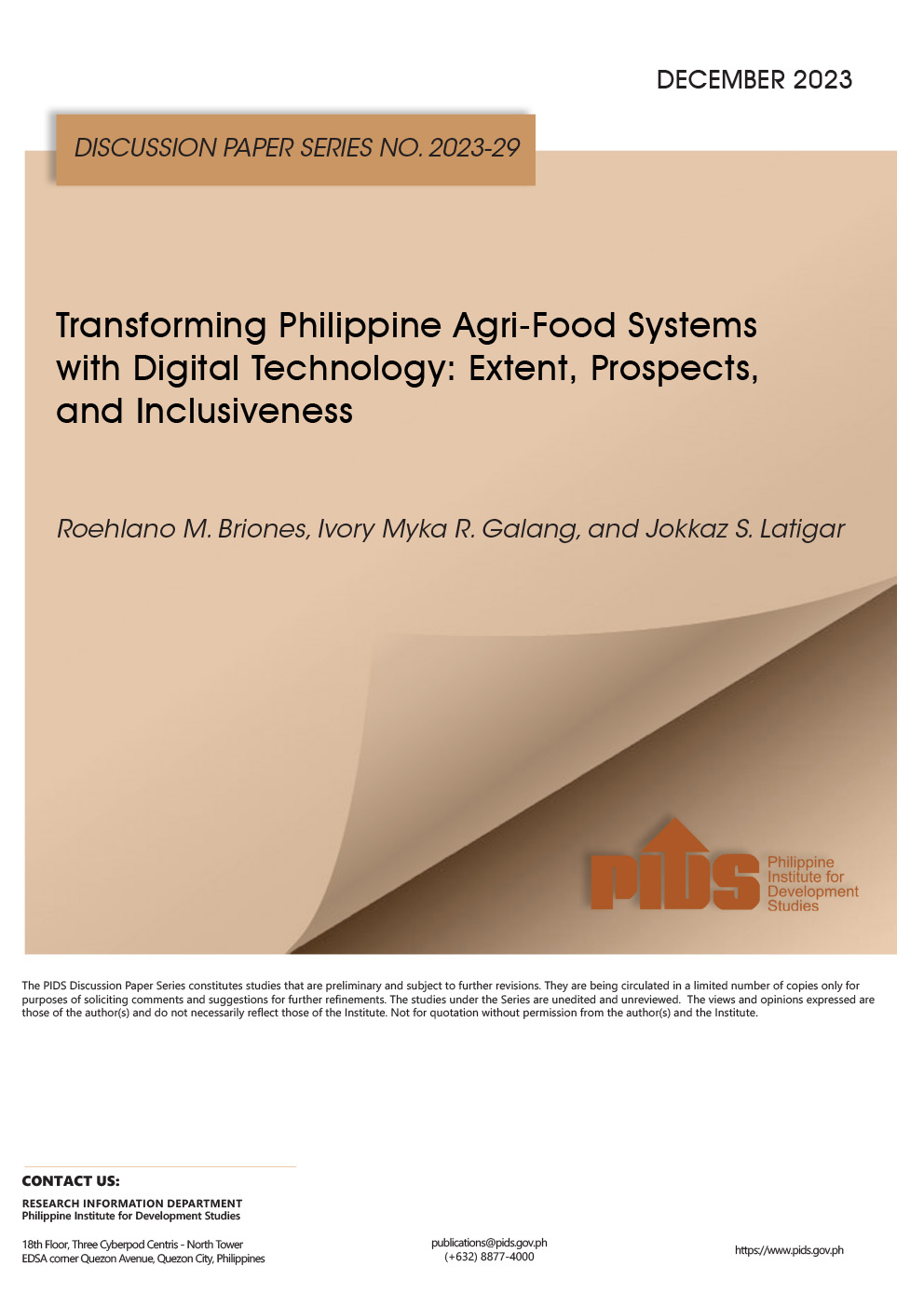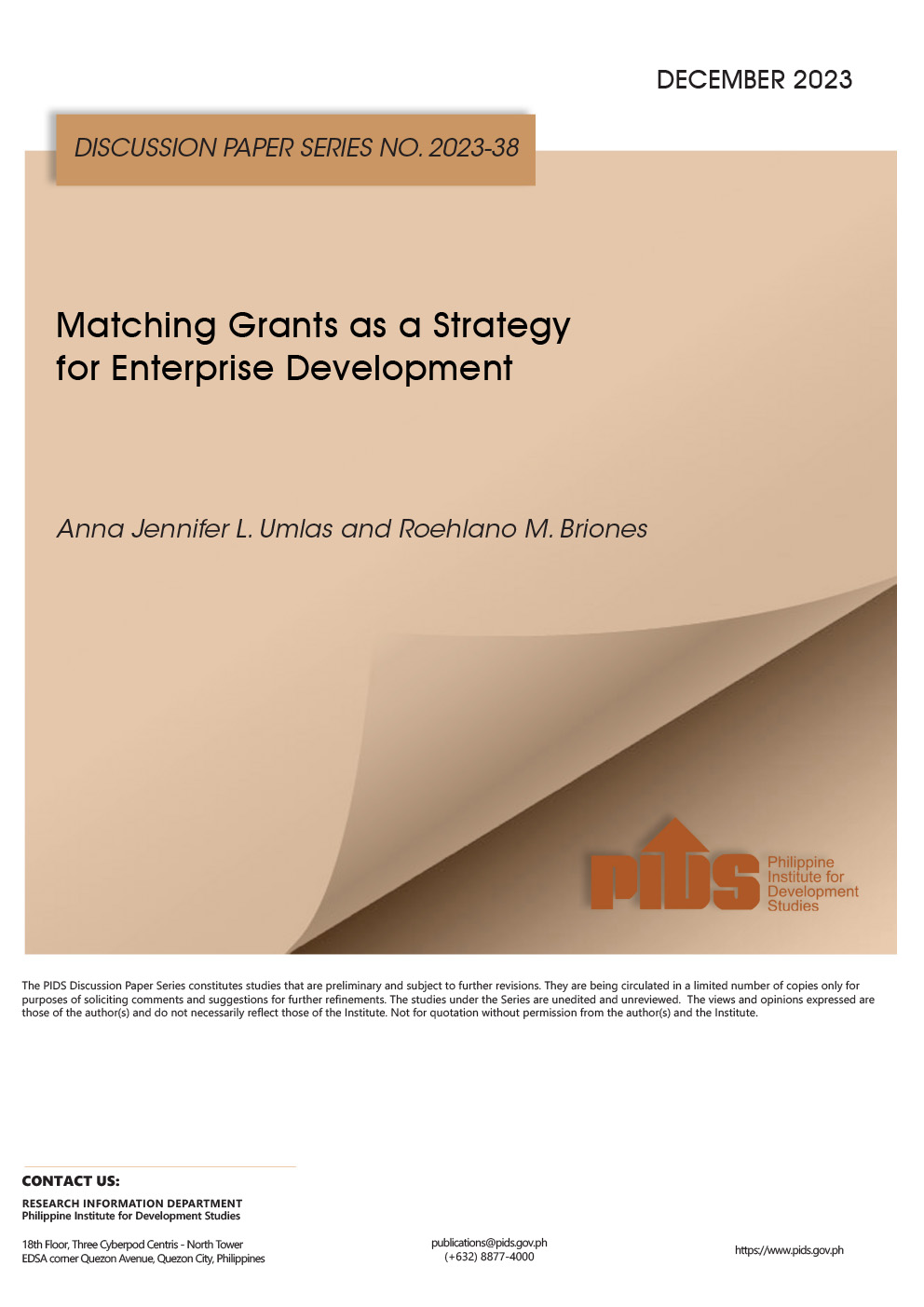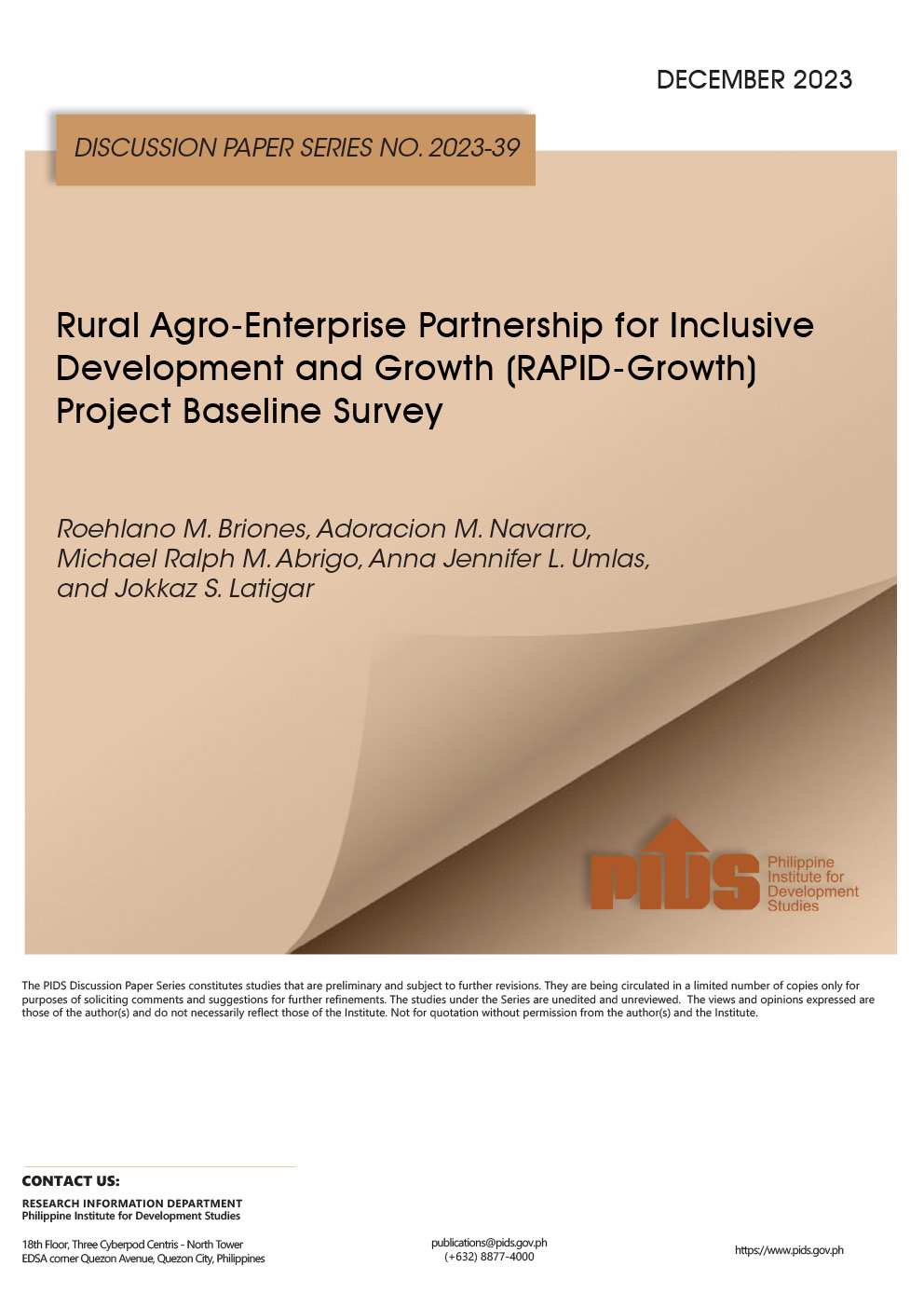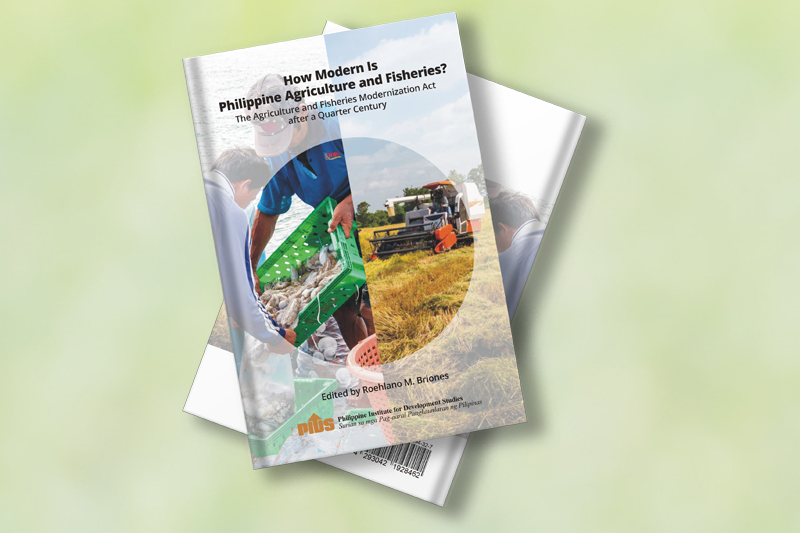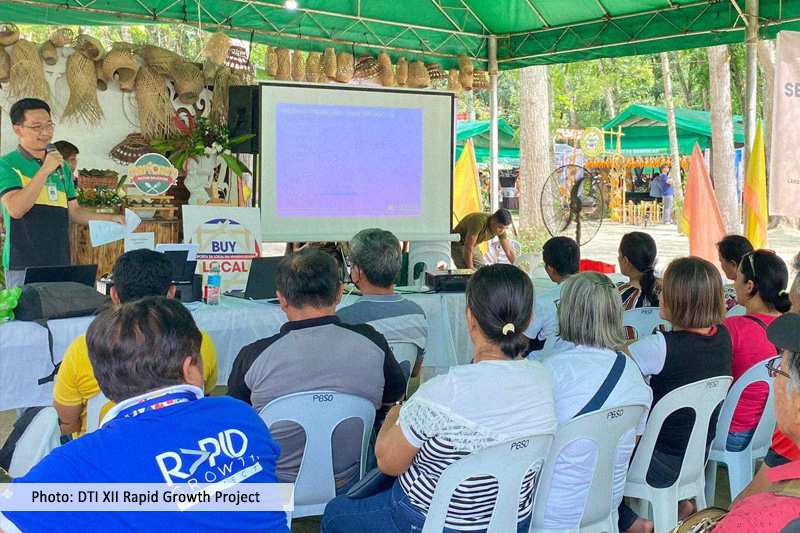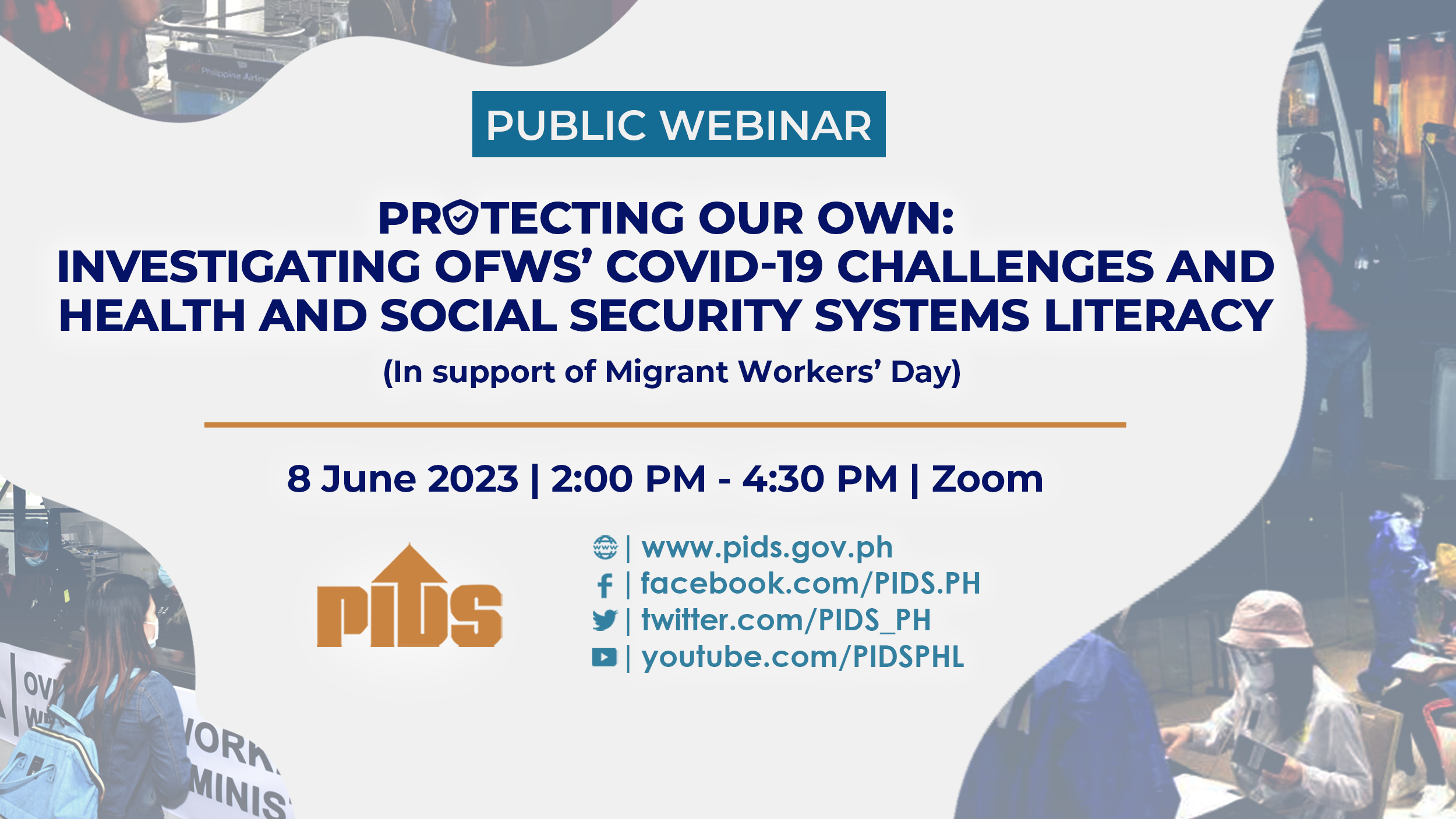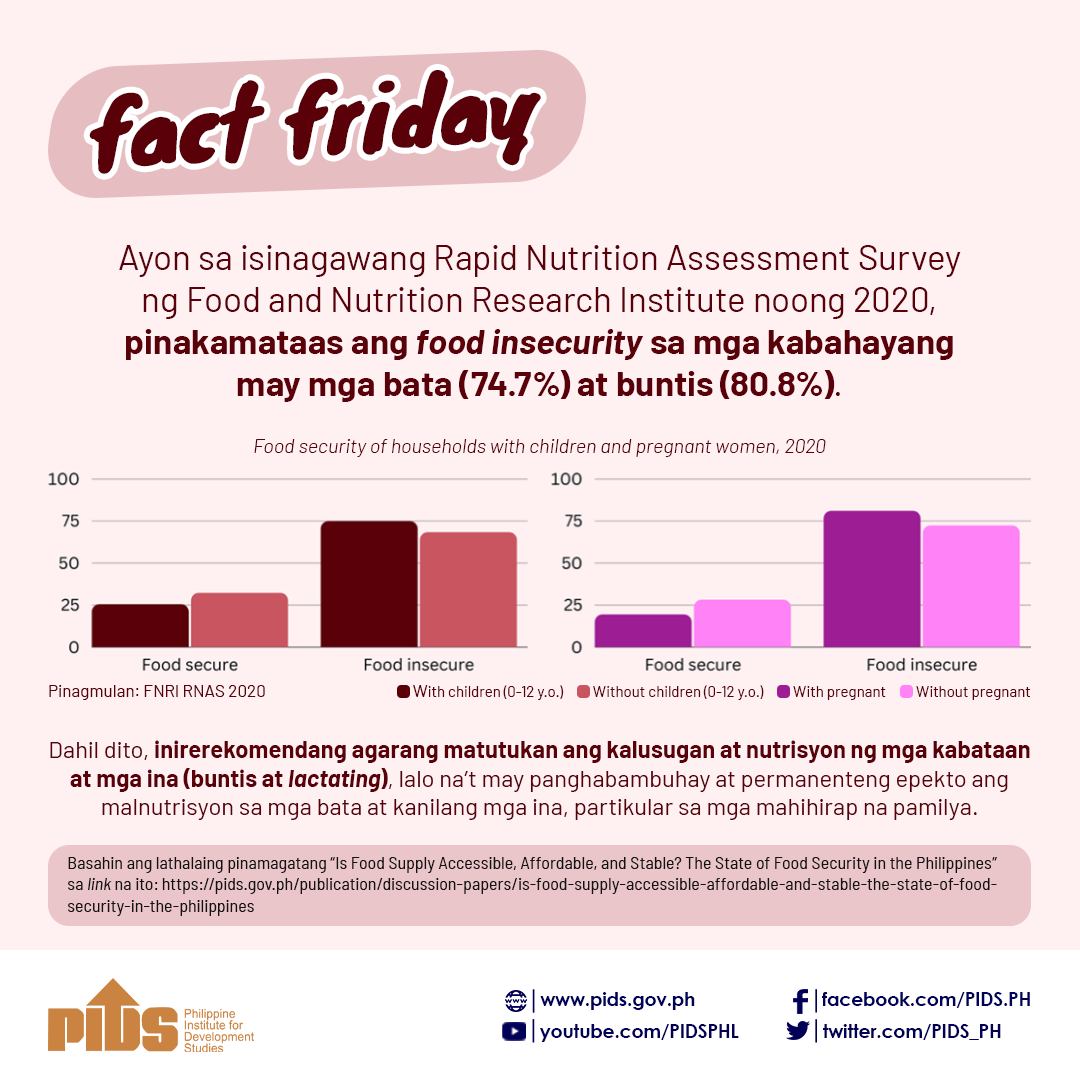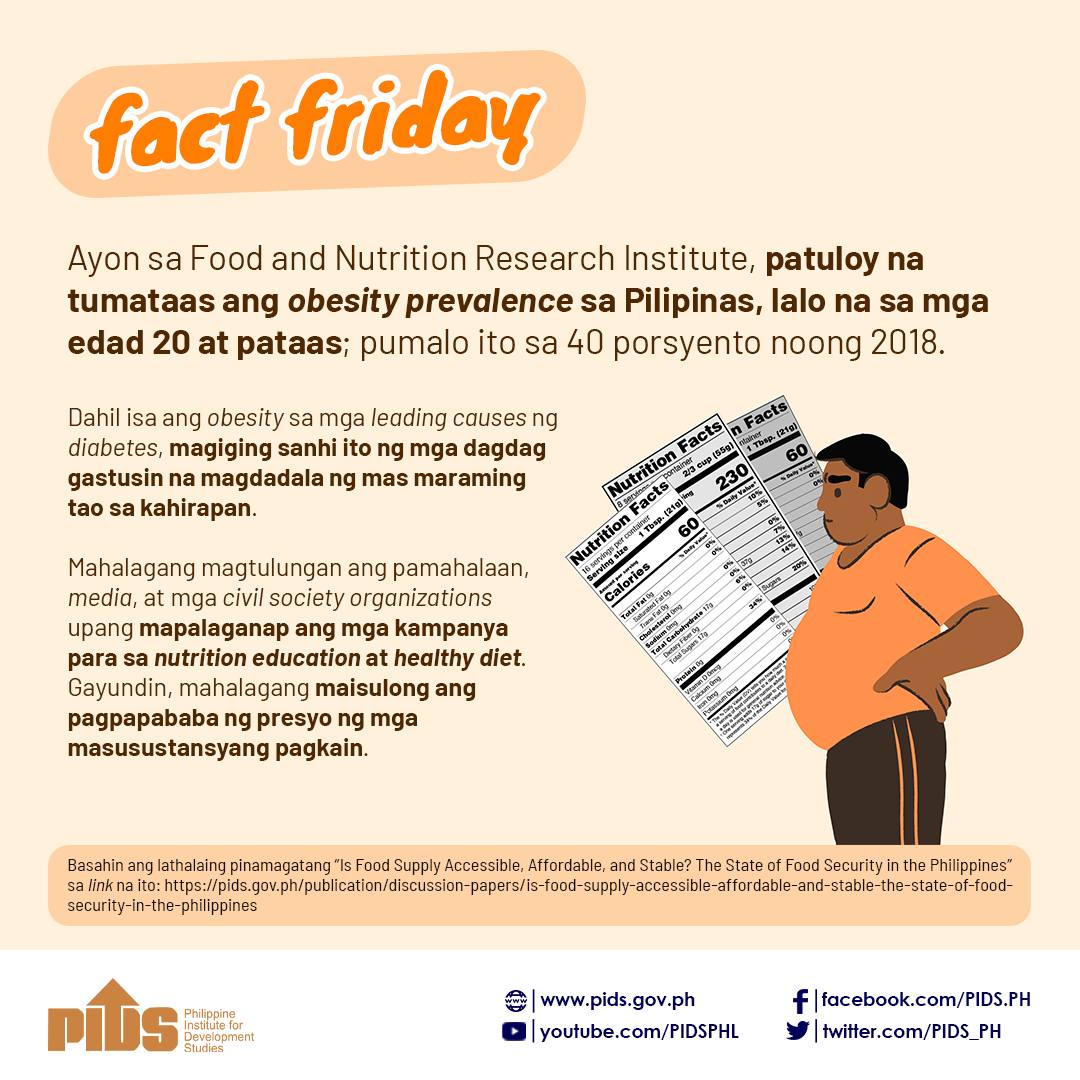Every administration has high aspirations of making our country self-sufficient in rice. This is understandable, considering that we are a rice-consuming and producing country.
The previous administration had proclaimed the country would be totally self-sufficient in rice by 2013.
It failed to meet that target.
From 96 percent rice self-sufficiency in 2013, the figure actually dropped to 92 per cent in 2014. And the rice self-sufficiency policy has also resulted, ironically, in rising prices of rice.
As pointed out by the International Rice Research Institute (IRRI), the policy of imposing import restrictions to achieve rice self-sufficiency actually raises domestic prices, which then reduces household food security.
Research also showed that the domestic price of rice is about 40 percent higher than imported rice.
Experts have been consistent in pointing out several barriers to rice-self sufficiency. Foremost is geography.
Rice-exporting countries in Southeast Asia – Thailand, Vietnam, Myanmar, Cambodia, and Laos – produce more rice than the Philippines because they are all on the Southeast Asian mainland, with dominant river deltas that provide sufficient water.
These countries also have vast, flat lands which make them more suitable for cultivating rice. More land is available for rice because of their low population density.
On the other hand, rice-importing countries like Indonesia, Malaysia, and the Philippines are all islands or peninsulas, with high population densities and fewer farmers growing rice because other crops more suitable to their land are more profitable.
Rather than pursue a policy of rice self-sufficiency, experts have proposed that government pursue a policy of ensuring food security instead. I agree with this view.
For one thing, when you talk of rice self-sufficiency, you are talking of domestic production equal to or matching the local demand for rice.
On the other hand, food security, as defined by the Food and Agriculture Organization (FAO), an international agency under the United Nations (UN), is achieved when “all people, at all times, have physical and economic access to sufficient, safe, and nutritious food.” This is regardless of the source of the food.
What experts recommend is for the Philippines to target 90-95 percent of rice produced domestically and import the rest from Vietnam or Thailand. Malaysia, also an archipelagic country, imports as much as 30 percent of its rice.
The Philippine Institute for Development Studies (PIDS), for its part, is proposing a liberalized trade regime to ensure food security.
Such a policy, says PIDS, would also help curb rampant rice smuggling. A farmers’ group has estimated that some P182 billion in agricultural products were smuggled into the country from 2010 to 2014, which they say is almost double the amount of smuggled products from 2005 to 2009.
Cheap smuggled rice disables competitive trade prices for local farmers and traders. Rice smuggling also distorts the data on rice supply-and-demand which is used as reference for making a sound policy on food security.
More importantly, it robs government of revenues from unpaid tariff.
As experts have proposed, rice trade liberalization is a country’s best option under a perfect market condition, wherein a level playing field exists between exporting and importing countries.
However, studies have shown that the international rice trade is not an even playing field.
As I pointed out in my previous column, the support extended by Asian rice-producing countries for their rice industry far exceeds that of the Philippines.
These countries provide free Irrigation water for their farmers, while for so many decades, our government makes our farmers pay irrigation fees.
Poor farmers who can barely make ends meet have been a source of government revenue.
Republic Act 10969, the Free Irrigation Service Act, is a step in the right direction. And I do hope our policymakers would consider making strategic investments in irrigation.
If we irrigate our remaining irrigable farmlands nationwide, it will create jobs in the countryside, where jobs are most needed. It will also increase the value of farmlands to a level that would attract foreign direct investments in mechanization, modern farming technology, and fertilization.
Strategic investments in irrigation will also have ancillary benefits. It will induce a lot of urban poor people to go home to their provinces since there are jobs available. We will be able to decongest cities and other urban centers, stimulate provincial economies, and improve the fiscal position of local government units (LGUs). We improve the lives of our people, we restore their dignity. That should be our ultimate goal.
The previous administration had proclaimed the country would be totally self-sufficient in rice by 2013.
It failed to meet that target.
From 96 percent rice self-sufficiency in 2013, the figure actually dropped to 92 per cent in 2014. And the rice self-sufficiency policy has also resulted, ironically, in rising prices of rice.
As pointed out by the International Rice Research Institute (IRRI), the policy of imposing import restrictions to achieve rice self-sufficiency actually raises domestic prices, which then reduces household food security.
Research also showed that the domestic price of rice is about 40 percent higher than imported rice.
Experts have been consistent in pointing out several barriers to rice-self sufficiency. Foremost is geography.
Rice-exporting countries in Southeast Asia – Thailand, Vietnam, Myanmar, Cambodia, and Laos – produce more rice than the Philippines because they are all on the Southeast Asian mainland, with dominant river deltas that provide sufficient water.
These countries also have vast, flat lands which make them more suitable for cultivating rice. More land is available for rice because of their low population density.
On the other hand, rice-importing countries like Indonesia, Malaysia, and the Philippines are all islands or peninsulas, with high population densities and fewer farmers growing rice because other crops more suitable to their land are more profitable.
Rather than pursue a policy of rice self-sufficiency, experts have proposed that government pursue a policy of ensuring food security instead. I agree with this view.
For one thing, when you talk of rice self-sufficiency, you are talking of domestic production equal to or matching the local demand for rice.
On the other hand, food security, as defined by the Food and Agriculture Organization (FAO), an international agency under the United Nations (UN), is achieved when “all people, at all times, have physical and economic access to sufficient, safe, and nutritious food.” This is regardless of the source of the food.
What experts recommend is for the Philippines to target 90-95 percent of rice produced domestically and import the rest from Vietnam or Thailand. Malaysia, also an archipelagic country, imports as much as 30 percent of its rice.
The Philippine Institute for Development Studies (PIDS), for its part, is proposing a liberalized trade regime to ensure food security.
Such a policy, says PIDS, would also help curb rampant rice smuggling. A farmers’ group has estimated that some P182 billion in agricultural products were smuggled into the country from 2010 to 2014, which they say is almost double the amount of smuggled products from 2005 to 2009.
Cheap smuggled rice disables competitive trade prices for local farmers and traders. Rice smuggling also distorts the data on rice supply-and-demand which is used as reference for making a sound policy on food security.
More importantly, it robs government of revenues from unpaid tariff.
As experts have proposed, rice trade liberalization is a country’s best option under a perfect market condition, wherein a level playing field exists between exporting and importing countries.
However, studies have shown that the international rice trade is not an even playing field.
As I pointed out in my previous column, the support extended by Asian rice-producing countries for their rice industry far exceeds that of the Philippines.
These countries provide free Irrigation water for their farmers, while for so many decades, our government makes our farmers pay irrigation fees.
Poor farmers who can barely make ends meet have been a source of government revenue.
Republic Act 10969, the Free Irrigation Service Act, is a step in the right direction. And I do hope our policymakers would consider making strategic investments in irrigation.
If we irrigate our remaining irrigable farmlands nationwide, it will create jobs in the countryside, where jobs are most needed. It will also increase the value of farmlands to a level that would attract foreign direct investments in mechanization, modern farming technology, and fertilization.
Strategic investments in irrigation will also have ancillary benefits. It will induce a lot of urban poor people to go home to their provinces since there are jobs available. We will be able to decongest cities and other urban centers, stimulate provincial economies, and improve the fiscal position of local government units (LGUs). We improve the lives of our people, we restore their dignity. That should be our ultimate goal.

